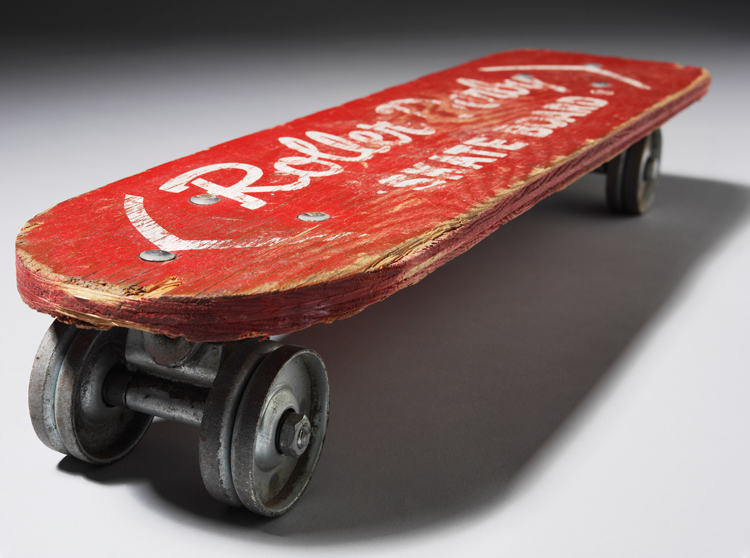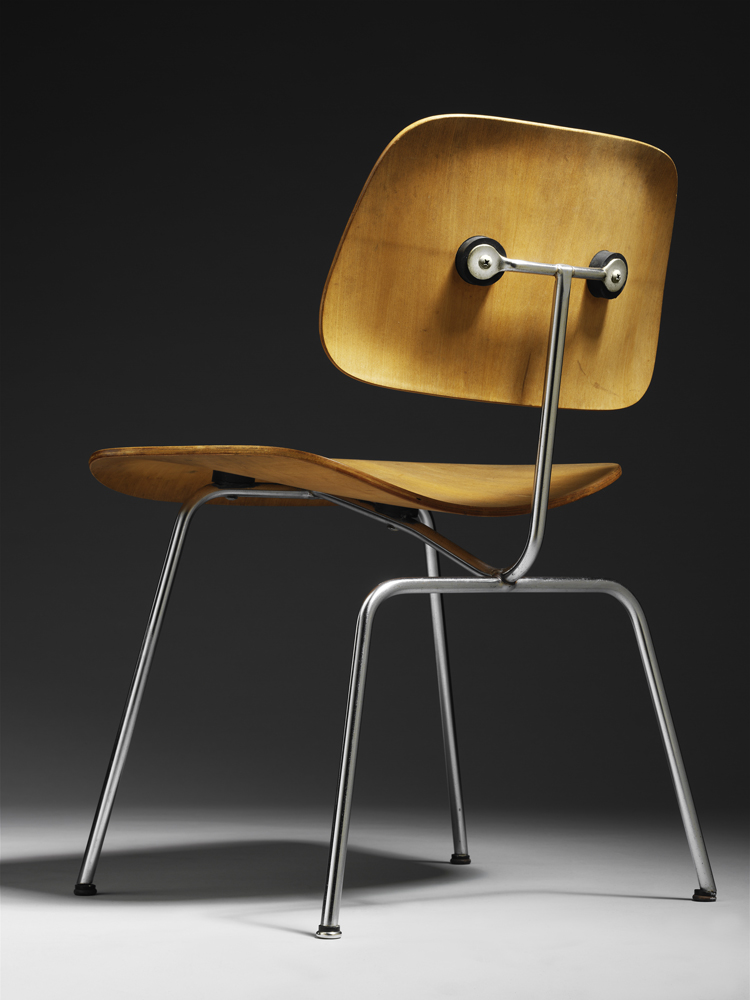V&A exhibition to explore “surprising” design possibilities of plywood
Plywood: Material of the Modern World will detail 167 years of the “ubiquitous” material’s use and manufacture, from World War Two aeroplanes to the first ever surfboards.

The Victoria and Albert (V&A) museum is set to open an exhibition “full of surprises and discovery” exploring the material plywood, and its use across more than 120 designs from the last two centuries.
Plywood: Material of the Modern World explores the material’s use from the 1850s to present day. It includes designs as diverse as the fastest aeroplane from World War Two, to furniture by Charles and Ray Eames, and the first ever surf and skate boards from the 1920s and 1930s.

The exhibition has been co-curated by Christopher Wilk and Elizabeth Bisley, and will chart the material’s history and transition from a “cheap product” seen as “inferior to timber”, through to a “prized material” used by “mid-century modernists” and craftspeople today, according to the museum.
“This is one of the most common materials used in design and architecture, yet even design professionals have no idea how ubiquitous it has been and the many things it has been used for,” says Wilk.
“Visitors will know about plywood furniture, but they won’t realise how extensively it was used for boats and cars, or its industrial development history,” he adds. “The exhibition is full of surprises and things that people will discover for the first time.”
Based within the V&A’s Porter Gallery, the exhibition space has been “entirely made of plywood”, says Wilk, and is “bright red” with several large-scale models, installations and film screens. Wood manufacturing and distributing company James Latham has provided the plywood for the exhibition design.
The show will draw on furniture, design and architecture collections from the V&A, alongside loans from other museums, and will be organised chronologically with sections devoted throughout to “certain moments in history”, says Wilk.

This includes aircraft designs of World War One and Two, architecture in the 1930s, a post-1945 DIY section including how people made their own surfboards, and plywood’s use in the digital age, which the exhibition ends on.
Three landmark moments in the history of manufacturing plywood are explored in the show; the invention of the rotary veneer cutter in the 19th century, the moulding techniques that inspired 1930s modernist design and architecture, and its recent use as a material for Computer Numerical Control (CNC)-cutting and digital manufacture, which involves cutting plywood through the use of a computer-controlled tool, enabling design files to be sent anywhere in the world and products manufactured locally.

The show also contains a series of large-scale installations, including a group of ice skating shelters designed by Patkau Architects in the museum’s John Madejski garden, which visitors can sit on.
“There has never been a show at the V&A with such a wide range of objects,” says Wilk. “This is an incredibly exciting exhibition.”
Wilk has written an accompanying exhibition book called Plywood – A Material Story, which is co-published by the V&A and Thames & Hudson, and will be the first in a series on the history of materials.
Plywood: Material of the Modern World runs from 15 July – 12 November 2017 at the Porter Gallery, V&A museum, Cromwell Road, Knightsbridge, London SW7 2RL. Entry is free. For more info, head to the V&A’s site. Plywood – A Material Story is available to buy for £29.95 through the V&A’s online shop.



-
Post a comment




